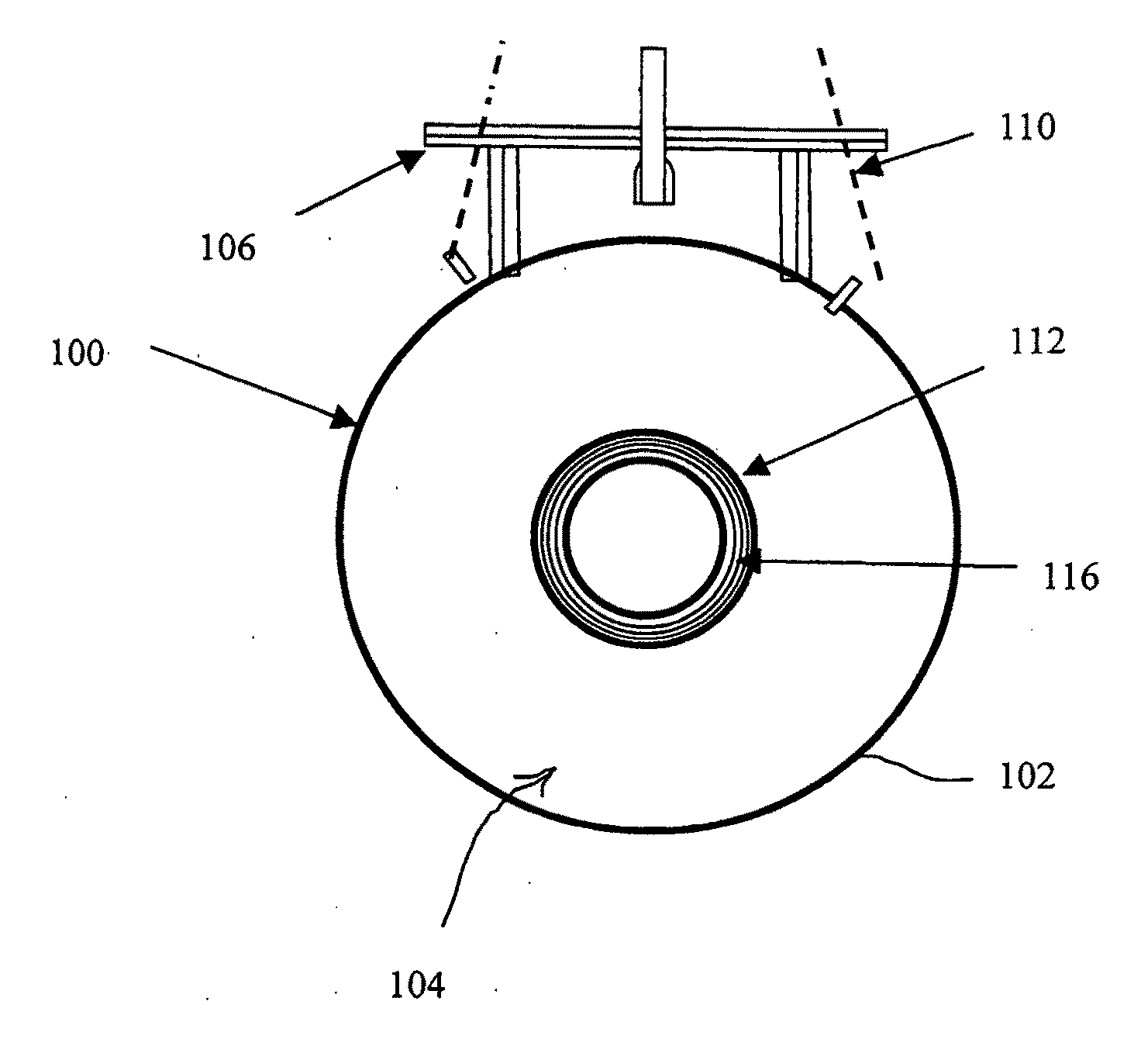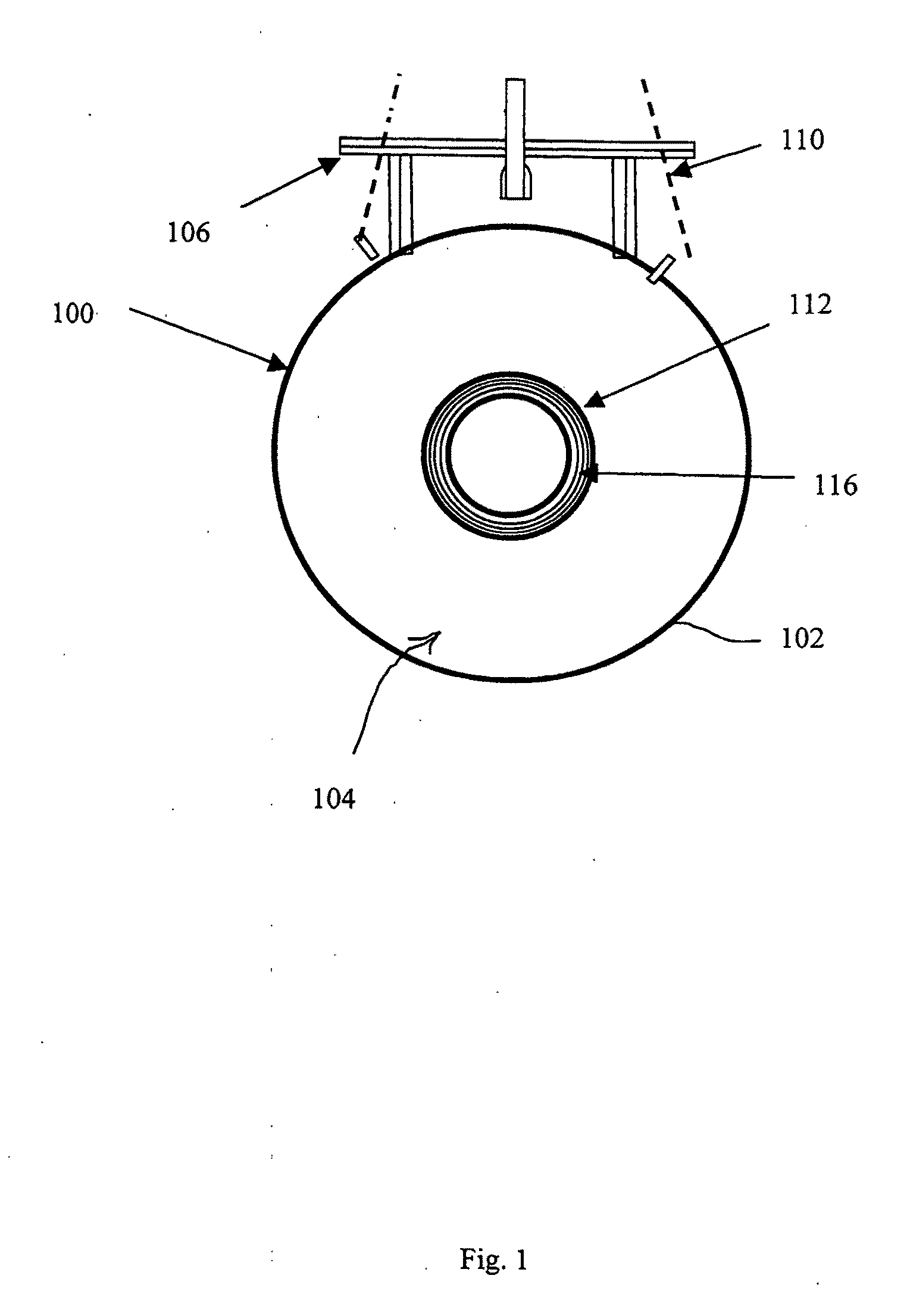Offshore oil spill remediation and recovery system
a technology for oil spills and recovery systems, which is applied in water cleaning, special-purpose vessels, separation processes, etc., can solve the problems of inaccessible conventional recovery methods, deep water, and inability to meet the recent advances in offshore oil drilling technology, and achieves efficient towed, increased stability and speed, and high viscosity
- Summary
- Abstract
- Description
- Claims
- Application Information
AI Technical Summary
Benefits of technology
Problems solved by technology
Method used
Image
Examples
Embodiment Construction
[0030]In the following detailed description of the preferred embodiments, reference is made to the accompanying drawings, which form a part hereof, and in which are shown by way of illustration specific embodiments in which the invention may be practiced. The drawings are heuristic for clarity. It is to be understood that other embodiments may be utilized and structural changes may be made without departing from the scope of the present invention.
[0031]The term “oil” as used in this disclosure should be interpreted broadly to include petroleum or hydrocarbons in all naturally occurring states.
[0032]Referring to FIGS. 1, and 2, an offshore oil spill remediation and hydrocarbon separation system comprises a generally cylindrical vessel 100 having an outer hull 102 defining an inlet 104 for enveloping a submerged mass of oil mixed with seawater and an outlet 105. Vessel 100 is provided with a stabilizer and trim tab assembly 106. The stabilizer and trim assembly operate in a well-known...
PUM
| Property | Measurement | Unit |
|---|---|---|
| depths | aaaaa | aaaaa |
| length | aaaaa | aaaaa |
| velocity | aaaaa | aaaaa |
Abstract
Description
Claims
Application Information
 Login to View More
Login to View More - R&D
- Intellectual Property
- Life Sciences
- Materials
- Tech Scout
- Unparalleled Data Quality
- Higher Quality Content
- 60% Fewer Hallucinations
Browse by: Latest US Patents, China's latest patents, Technical Efficacy Thesaurus, Application Domain, Technology Topic, Popular Technical Reports.
© 2025 PatSnap. All rights reserved.Legal|Privacy policy|Modern Slavery Act Transparency Statement|Sitemap|About US| Contact US: help@patsnap.com



